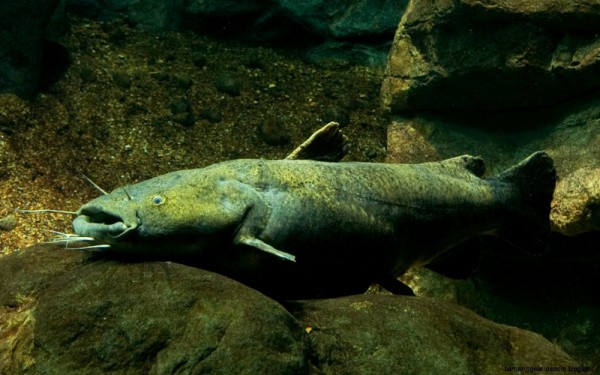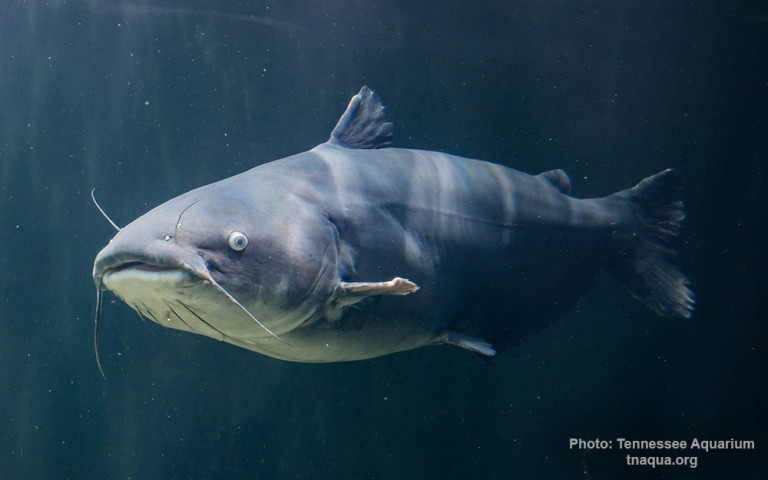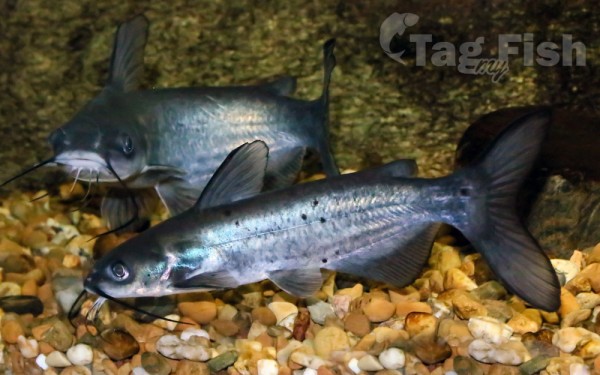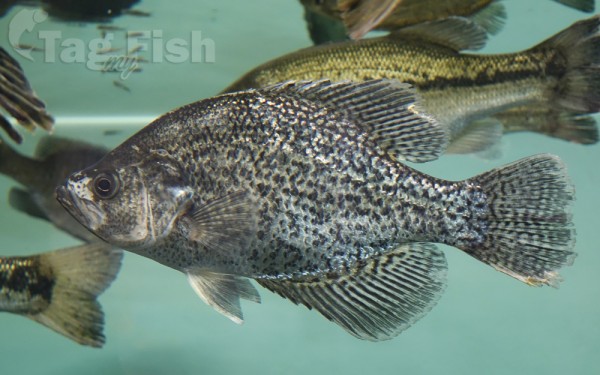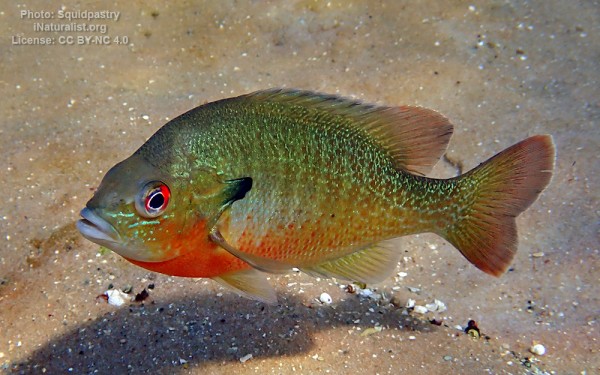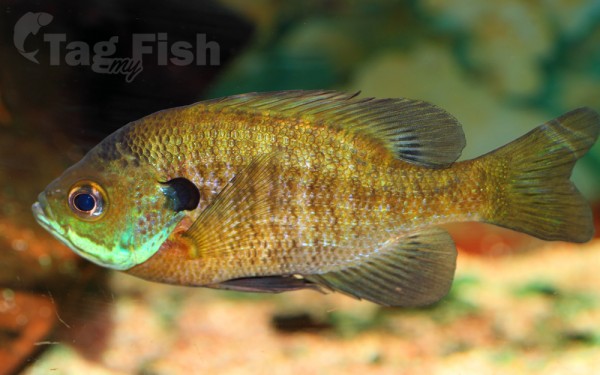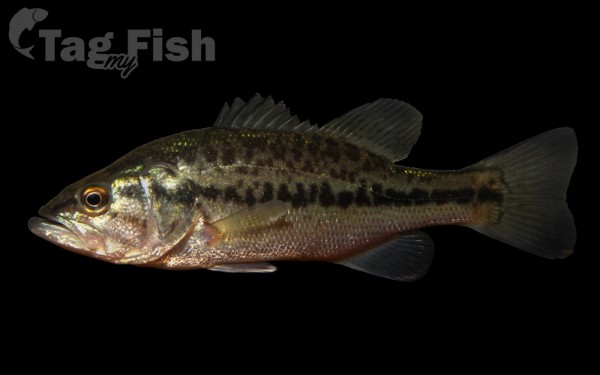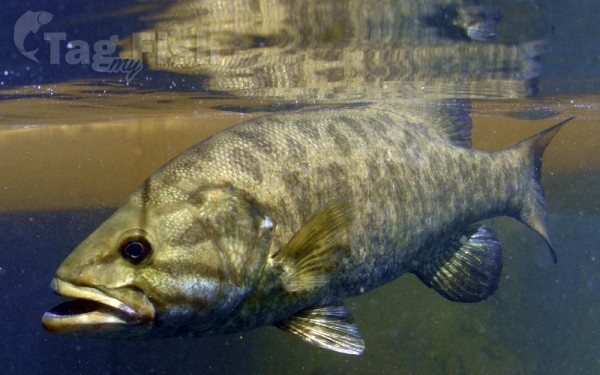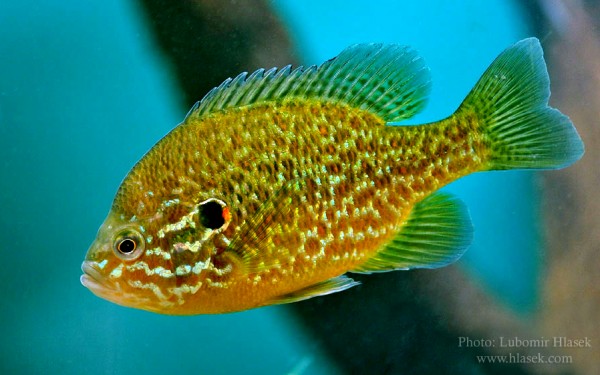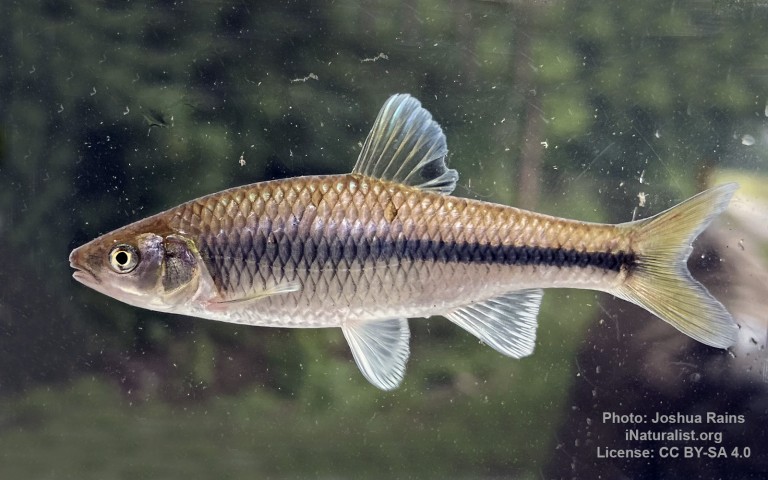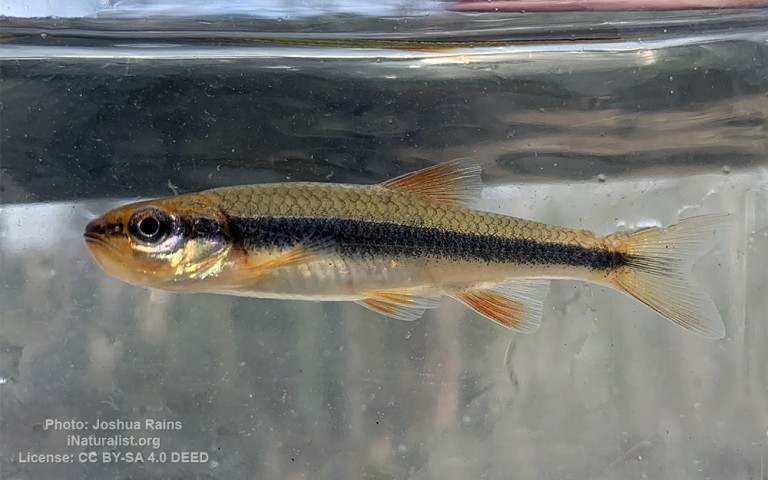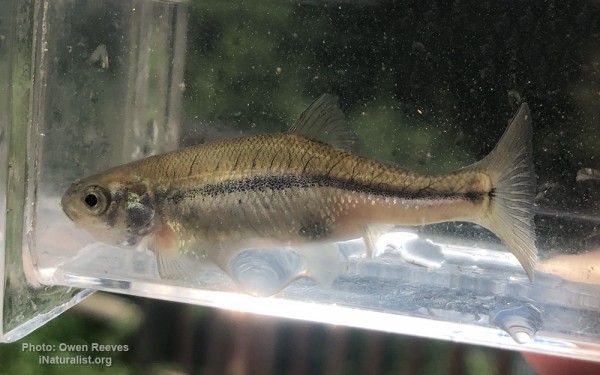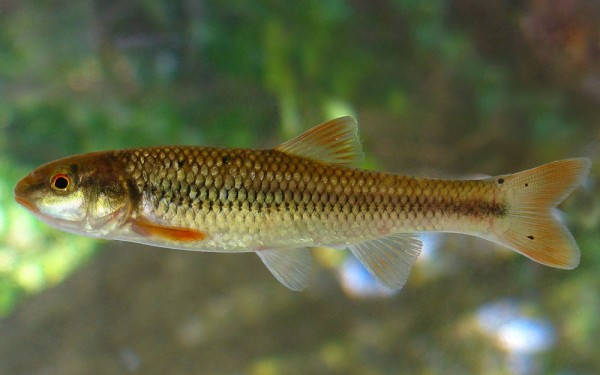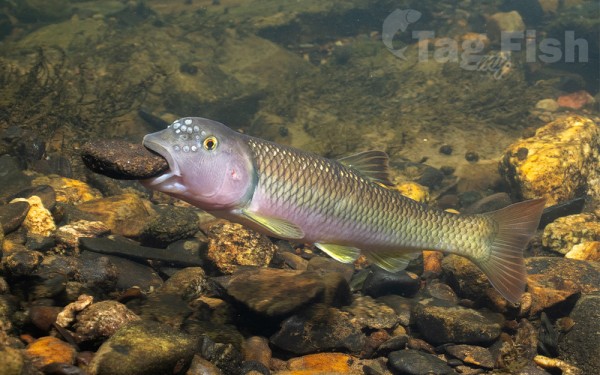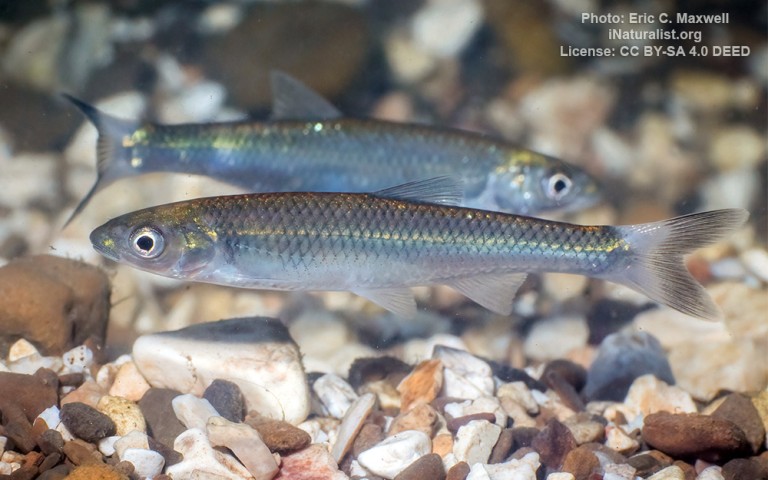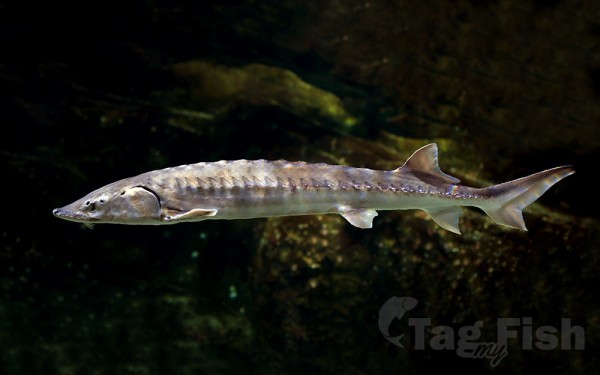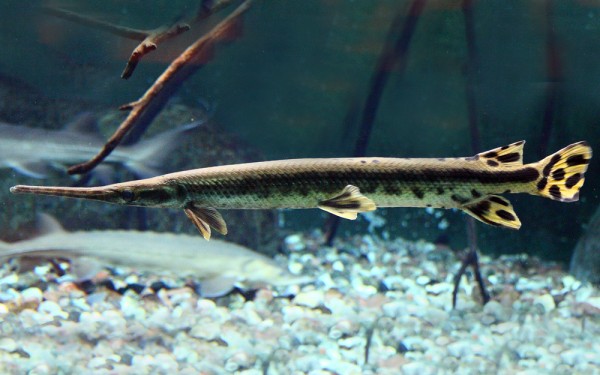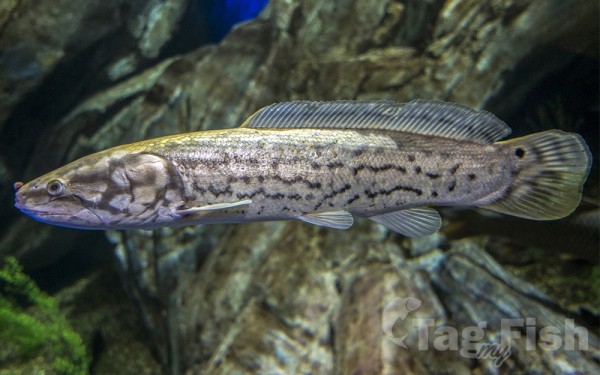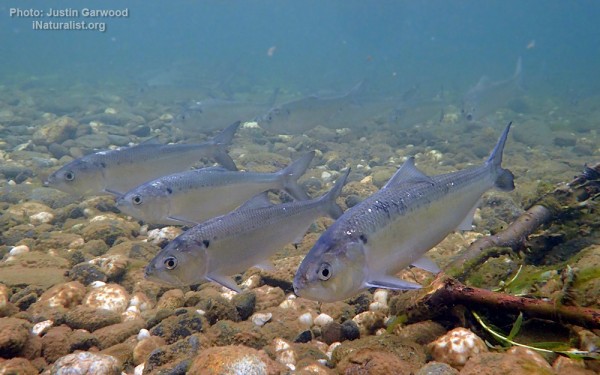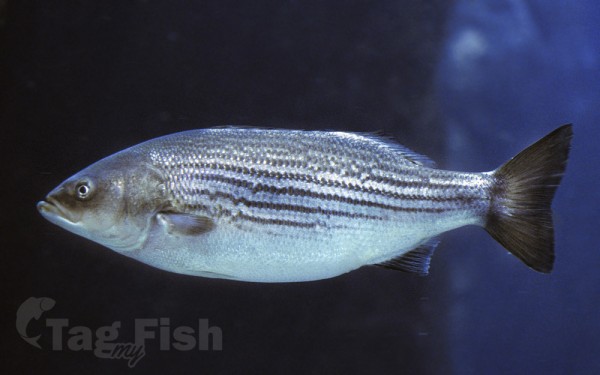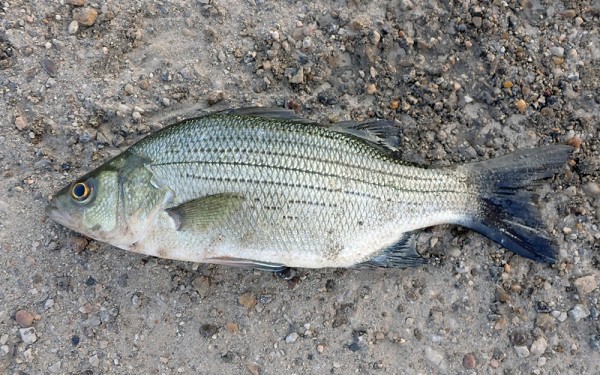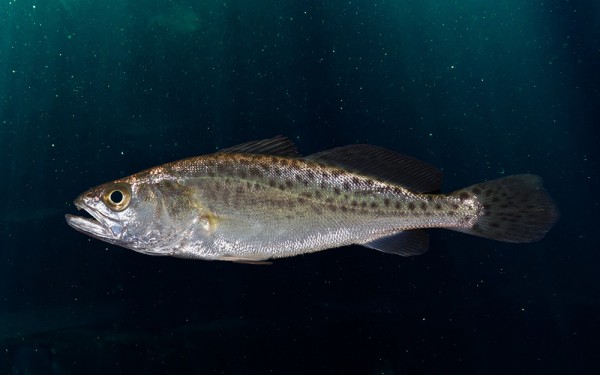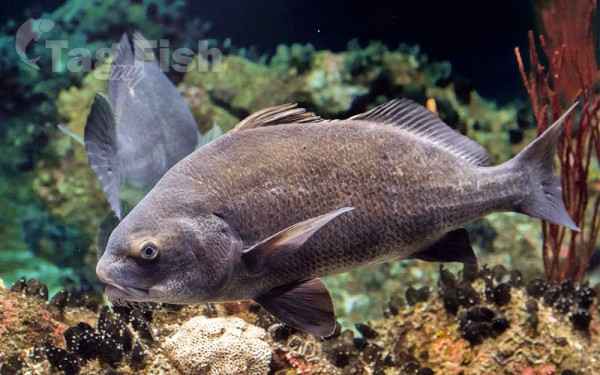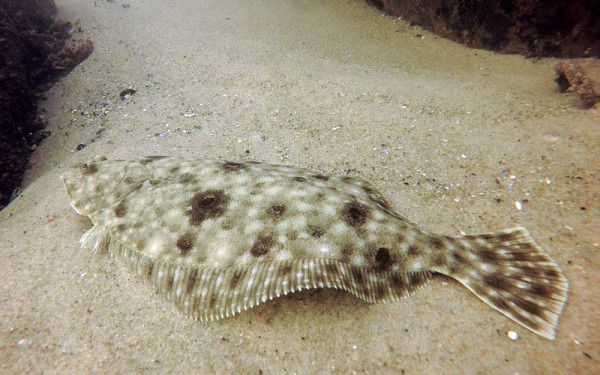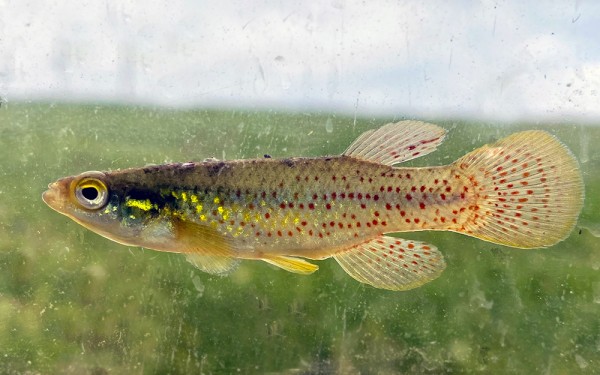Lake Murray (South Carolina)
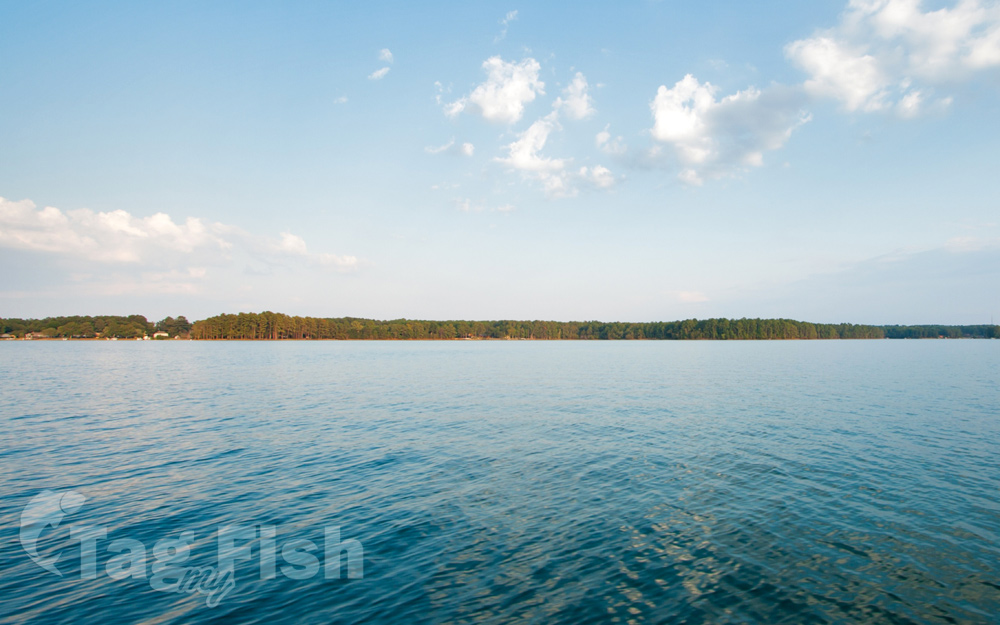
Perciformes - Perches
Esociformes - Pikes
Siluriformes - Catfishes
Centrarchiformes - Basses and sunfishes
Cypriniformes - Carps
Acipenseriformes - Sturgeons and Paddlefish
Lepisosteiformes - Gars
Amiiformes - Bowfins
Clupeiformes - Herrings
Moroniformes - Temperate basses
Acanthuriformes - Surgeonfishes
Pleuronectiformes - Flatfishes
Cyprinodontiformes - Toothcarps
Perciformes - Perches
Esociformes - Pikes
Siluriformes - Catfishes
Centrarchiformes - Basses and sunfishes
Cypriniformes - Carps
Acipenseriformes - Sturgeons and Paddlefish
Lepisosteiformes - Gars
Amiiformes - Bowfins
Clupeiformes - Herrings
Moroniformes - Temperate basses
Acanthuriformes - Surgeonfishes
Pleuronectiformes - Flatfishes
Cyprinodontiformes - Toothcarps
Lake Murray is a reservoir in the U.S. state of South Carolina. It is approximately 50,000 acres (20,000 hectares) in size, and has roughly 650 mi (1,050 kilometres) of shoreline. It was impounded in the late 1920s to provide hydroelectric power to the state of South Carolina. Lake Murray is fed by the Saluda River, which flows from upstate South Carolina near the North Carolina state line. The Saluda Dam (officially the Dreher Shoals Dam) was an engineering feat at the time of its construction. The dam, using the native red clay soil and bedrock, was the largest earthen dam in the world when it was completed in 1930. Lake Murray itself is named after the project’s chief engineer, William S. Murray. The Saluda Dam is approximately 1.5 miles (2.4 km) long and 220 feet (67 m) high. Lake Murray is 41 miles (66 km) long, and 14 miles (23 km) wide at its widest point. At the time when the lake was finished, it was the world\\\’s largest man-made reservoir.


